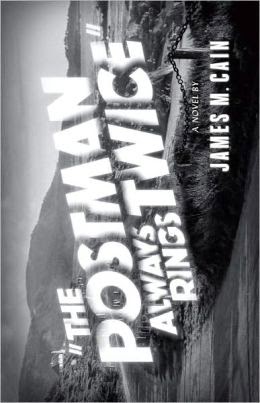Read about the other entries on the list.Wind, Sand and Stars, by Antoine de Saint-Exupéry
Antoine de Saint-Exupéry is best known for writing the much loved book The Little Prince. But he was also an aviator in the early days of flight, and this memoir, which National Geographic named a Top Ten Adventure Book of All Time, recounts his time spent flying airmail planes in the 1930s throughout Africa and South America. It was treacherous work; the pilots flew “open ships and thrust our heads out round the windshield, in bad weather, to take our bearings.” The book is filled with Saint-Exupéry’s tales of near-disaster—and then there were the actual disasters, like a crash in the Sahara that nearly killed him. But the story is really about Saint-Exupéry’s discovery of the alternate reality of flight, and his meditation on making “an incursion into a forbidden world whence it was going to be infinitely difficult to return.”
Wind, Sand and Stars is one of John Wood's six favorite books.
--Marshal Zeringue












































